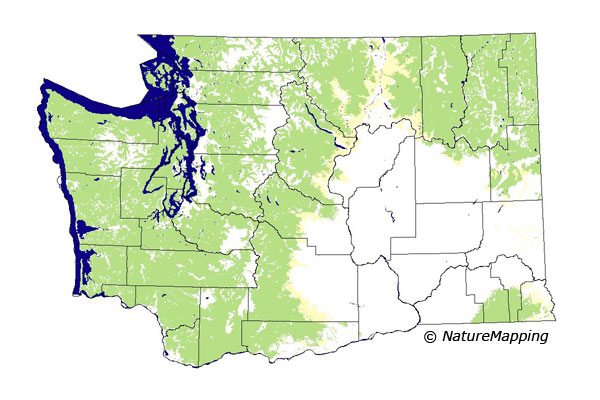


Pileated Woodpecker (Dryocopus pileatus) Description: Pileated woodpecker is the largest woodpecker found in North America.
This woodpecker is about 16-19 inches in length and looks as big as a crow. Their bill acts like a chisel to chip wood away to make their homes in trunks of large trees. The bill is just as long as its head. This woodpecker is very unique and is rarely confused with any other woodpecker.
Color: The crest of the Pileated woodpecker's head is bright red (see photo). The throat is black with a white stripe on the side. The body is entirely black except for the white striped throat that extends from the bill down the side of the neck to upper shoulder area. In flight the under wing is mostly white. You can tell an adult male from an adult female by looking at their foreheads. Males have a red forehead, while females have a black forehead. The bill is thick and silvery gray.
Calls:
The call is a loud, ringing "kuk-kuk-kuk." Drumming loud and resonant. Range / Habitat: The Pileated Woodpecker can be found in open pine forests with large widely spaced older trees. They claim their territory by drumming on trees with its bill. They can be found in Canada and in western Washington all the way down to northern parts of California and most areas of the eastern United States. Click the range map to learn more about the distribution of Pileated Woodpeckers in Washington. Diet: A large part of their diet is made up of carpenter ants and beetles. It also eats fruits and nuts. It uses its shark like bill to pull bark off trees to find ant colonies. It then uses its long tongue to poke into holes and drag out ants.
Did you know?
Animal silhouettes available to purchase » Photos: Natures Pics Home | About Us | How to Participate | Biodiversity Modules | Projects | Maps | News | Resources |